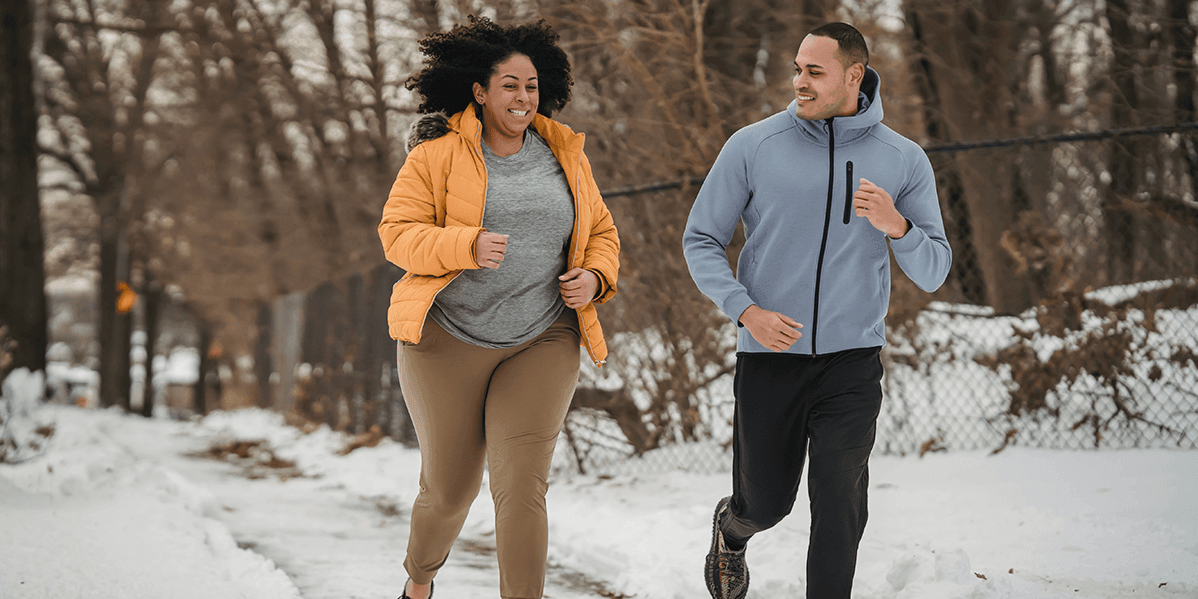How to set fitness goals depends on what your body is capable of in the present moment with materials that are available to you. If you’re one of the many people who don’t have a gym membership or workout equipment at your disposal, you might feel disheartened when it comes to getting into shape. Protekt is here to tell you that there’s no need to get down on your situation, because you already have everything you need.
When it comes to static holds, the only piece of equipment that you need is your physical body. (If you don’t have that, well… there might not be much we can do to help you!)
What is a static hold? A static hold involves getting into a position that works a certain group of muscles - whether you’re engaging your biceps, glutes, or anything in between - and staying completely still.
It sounds easy, but it’s really, really not. Of course it takes physical strength, but it takes mental strength too - as you start out, you’re going to want to break the position pretty darn quick, but you have to fight that ‘give up’ voice inside your head.

Types of Static Holds
Gathering a list of different static holds is essential in how to create a fitness plan. Depending on what muscles you want to engage, there is a long list of types of static holds that includes:
- Planks
- Low squats
- Split squats
- Wall sits
- Calf raise holds
- Leg extensions
- Static lunges
- Dead hangs
- Handstands
- Crow poses
- Bridges
- And many others
The Benefits
Static holds build strength, there’s no doubt about that, and they also challenge your balance (via your core), your mind (with the use of extended focus), and give you a goal to work towards. Once you’re able to hold static holds longer, you’ll definitely notice - and you’ll feel the physical progress you’re making.
Nick Norris, cofounder of Protekt, believes that the journey with static holds is a continuous one that’s always evolving.
“It just goes to show that the journey never comes to an end, and will always challenge even the most elite athletes. It combines so much more than just straight muscular strength; balance, coordination, engaging core muscles, and body awareness are combined into that pursuit of perfecting static holds.”
Also, in contrast to repetitive exercises like push-ups and sit-ups, static holds are much easier on the body and the joints - especially as you age.
“As you get older, repetitive movements tend to be damaging. I can speak from personal experience. If you told me that I needed to do 100 push-ups every morning, I would tell you that I'm not going to do it because I'll get gnarly tendinitis in my elbows, because I'm about to be 40 and I've been an athlete my whole life. So, I shy away from repetitive movements and instead stick with isometric, static stress positions.”
Static holds can work for everyone. They can be easily modified, and your progress will definitely shine through.
*These statements have not been evaluated by the FDA. Protekt products are not intended to diagnose, treat, cure, or prevent any disease.















Leave a comment
All comments are moderated before being published.
This site is protected by hCaptcha and the hCaptcha Privacy Policy and Terms of Service apply.